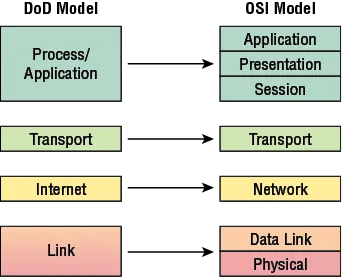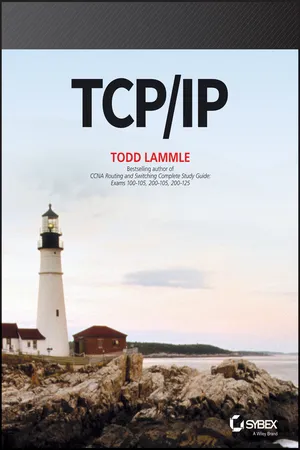TCP / IP
About this book
The most up-to-date, in-depth guide for TCP/IP mastery
TCP/IP is the ultimate guide to the glue that holds the Internet together. When two computers "talk" to one another, they do it through Transmission Control Protocol/Internet Protocol. Networking professionals working toward any of the CCNA-Specialty certifications must have a firm understanding of this key technology, and must stay up to date on evolving practices as new technologies emerge. Whether you're preparing for the CompTIA Network+ exam, the Cisco CCENT ICND1 exam, or just want to learn how to install, troubleshoot, and operate networks, this book tells you everything you need to know to work effectively with TCP/IP.
Expert discussion details the latest on Web protocols and new hardware, including timely information on how TCP/IP secures connectivity for blogging, vlogging, photoblogging, and social networking. From installation and configuration to intranets, extranets, virtual private networks, security measures and more, this book provides the depth and breadth of information that every aspiring networking professional needs.
- Understand the de facto standard transmission medium for computer-computer communications
- Install and configure TCP/IP and its applications on clients and servers
- Use encryption, authentication, digital certificates, signatures, and other critical security measures
- Learn the most up-to-date methods for handling new voice and mobile technologies, and more
Step-by-step instructions and clear explanations by an industry expert and networking guru bring TCP/IP down to earth and provide much-needed clarity on an essential topic. Whether or not you're preparing for certification, TCP/IP is critical knowledge for anyone working with networks, and continuous innovation means that the learning never stops. TCP/IP is an indispensable resource, packed with the latest information on this central networking concept.
Frequently asked questions
- Essential is ideal for learners and professionals who enjoy exploring a wide range of subjects. Access the Essential Library with 800,000+ trusted titles and best-sellers across business, personal growth, and the humanities. Includes unlimited reading time and Standard Read Aloud voice.
- Complete: Perfect for advanced learners and researchers needing full, unrestricted access. Unlock 1.4M+ books across hundreds of subjects, including academic and specialized titles. The Complete Plan also includes advanced features like Premium Read Aloud and Research Assistant.
Please note we cannot support devices running on iOS 13 and Android 7 or earlier. Learn more about using the app.
Information
Chapter 1
Introduction to TCP/IP



Introducing TCP/IP
A Brief History of TCP/IP
TCP/IP and the DoD Model
- Process/Application layer
- Host-to-Host layer or Transport layer
- Internet layer
- Network Access layer or Link layer


Table of contents
- Cover
- Title Page
- Copyright
- Acknowledgments
- About the Author
- Introduction
- Chapter 1 Introduction to TCP/IP
- Chapter 2 Easy Subnetting
- Chapter 3 VLSMs, Summarization, and Troubleshooting TCP/IP
- EULA
